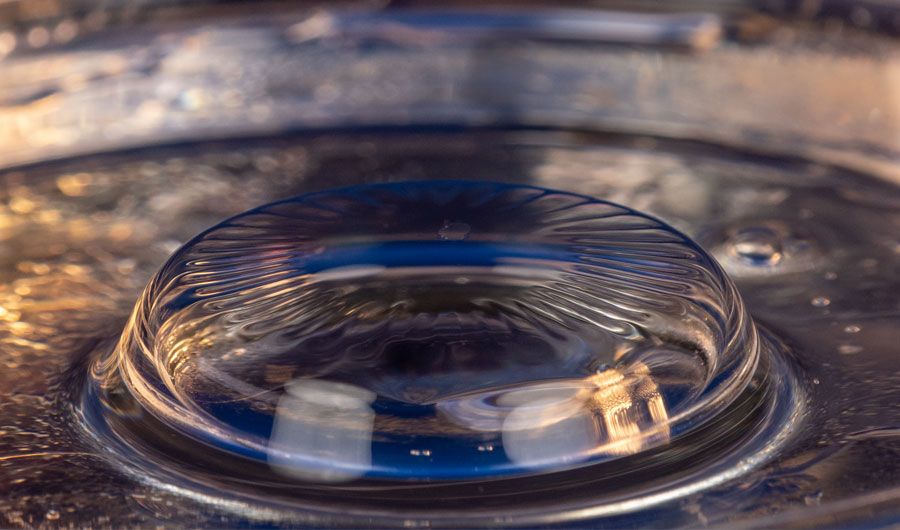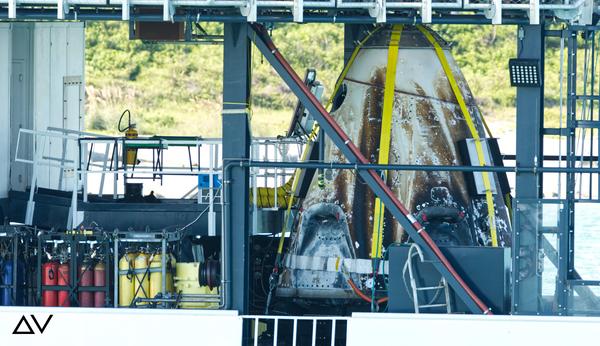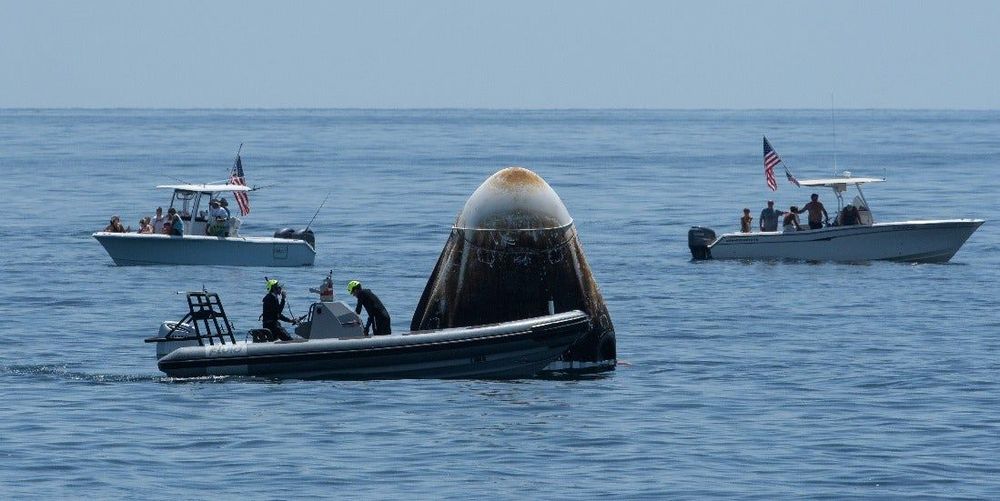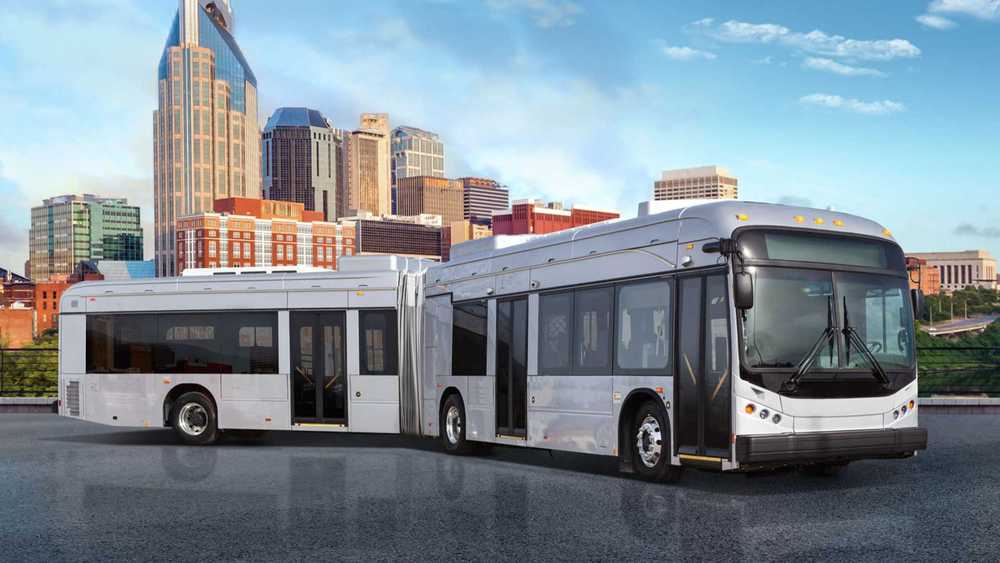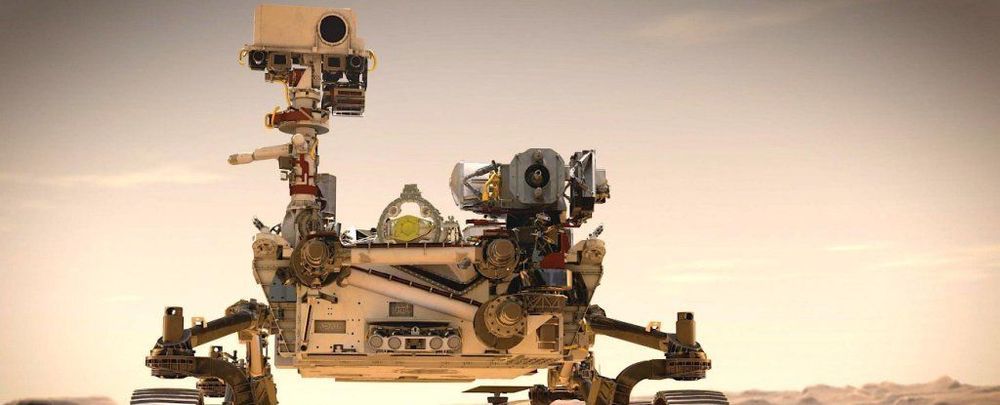Aug 10, 2020
New Theory Says We’ve Been Wrong About How Bubbles Pop
Posted by Saúl Morales Rodriguéz in category: physics
(Inside Science) — What do a volcanologist, a pulmonologist, and a glassmaker have in common? They all worry about bubbles. The physics of how bubbles form, behave and pop is crucial to understanding natural phenomena as well as many industrial processes. According to a new study appearing in the journal Science, scientists have been getting that physics wrong for at least a couple of decades.
The new findings suggest that instead of being driven by gravity, the collapse of bubbles that form on the surface of thick liquids is driven by surface tension, in a complex, unintuitive way. And to find the truth, all the researchers had to do was turn their experiment upside down.
Continue reading “New Theory Says We’ve Been Wrong About How Bubbles Pop” »
